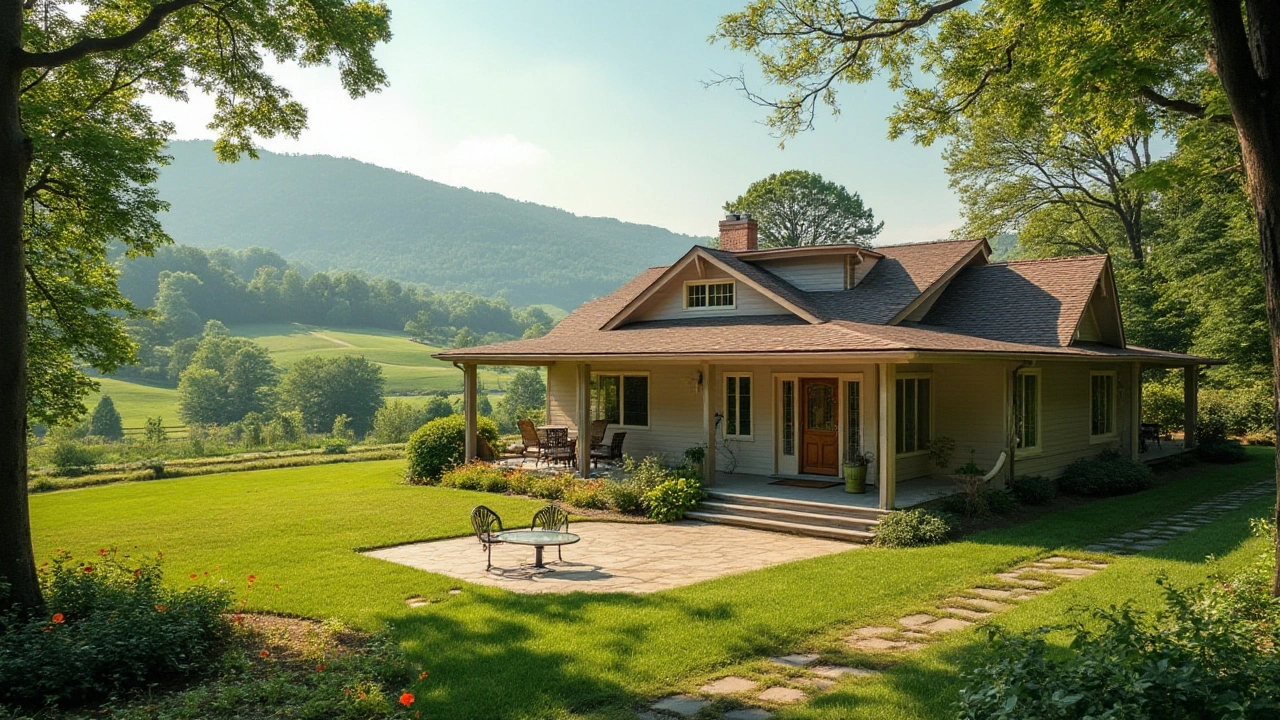Ranch-style houses, born in the United States, became symbols of freedom and spacious living. These homes, noted for their unpretentious design and horizontal layout, emerged prominently in the mid-20th century and continue to inspire modern architecture. As lifestyles shifted, the simplicity and practicality of ranch-style homes captivated many homeowners seeking an indoor-outdoor connection. This exploration into ranch-style homes reveals their history, core features, evolving design, and the reasons behind their enduring popularity.
American Homes: Styles, Key Features & Practical Renovation Tips
American homes tell stories. From the low-slung ranch to the detailed Craftsman, each style shows a moment in history and a set of practical choices for living. If you want to recognize a house, renovate one, or choose a style that fits your life, start by learning the simple signs that separate one home from another.
Spotting common American styles
Colonial and Georgian: look for symmetry. Front doors often sit in the middle with evenly spaced windows on both sides. Expect brick or clapboard exteriors, multi-pane windows, and modest decorative trim. These homes feel formal and balanced.
American Craftsman: this one’s all about the details up close. Wide porches, tapered columns, exposed rafters, and built-in woodwork inside. Craftsman homes are cozy and hand-crafted in appearance—great if you like built-ins and natural materials.
Ranch-style houses: single-story, long and low rooflines, large windows and sliding doors to the backyard. They’re practical for easy living and accessible layouts. If you want one-floor living and open flow, ranch homes are a smart match.
Mid-century modern: clean lines, flat or low-pitched roofs, lots of glass and indoor-outdoor flow. These homes focus on function and simplicity—perfect for people who like minimal clutter and strong connection to the outdoors.
Mediterranean and Greek Revival: Mediterranean homes often have clay tile roofs, arched windows, and stucco walls. Greek Revival brings big columns and a temple-like look. Both feel dramatic and formal, but Mediterranean leans warmer and more relaxed.
Practical tips for buyers and renovators
Start with a solid inspection. Foundation, roof, wiring, and plumbing are priorities. A charming original window or door is worth preserving, but unsafe electrical or a failing roof costs more down the road. Budget for systems before cosmetic upgrades.
Keep the character. Small, inexpensive choices—paint colors, hardware, light fixtures—can keep a home feeling authentic while modernizing comfort. For example, keep original wood trim and update insulation behind it rather than replacing it all.
Blend old with new thoughtfully. Add modern HVAC, energy-efficient windows, or LED lighting while matching visible finishes to the period style. That way you get comfort without losing charm.
Think about layout changes carefully. Open-plan kitchens are popular, but removing structural walls costs money and can affect historic details. Consider partial openings or keeping original room shapes where they matter most.
Check local rules. Historic districts and older neighborhoods often have preservation rules or design guidelines. A quick call to your city planning office can save time and prevent costly rework.
Want real examples? Walk your neighborhood with this checklist: roof shape, porch type, window pattern, exterior material, and porch/entry details. Note what you like and why—then use those notes when hunting or planning a remodel.
American homes are practical and varied. Learn the features, protect the structure, and make design choices that match how you live. That’s how you turn a house into a smart, lasting home.

